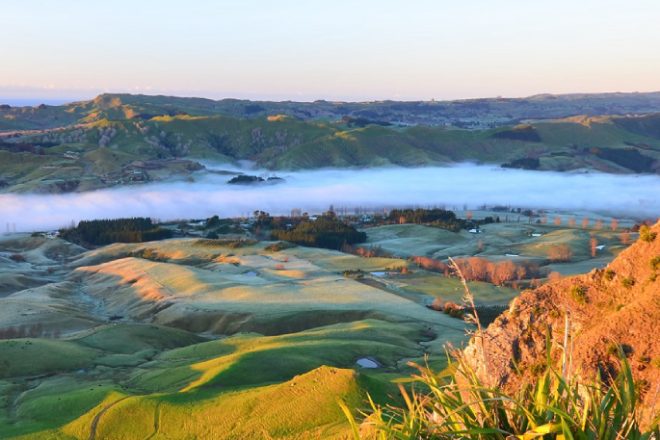Ang Regional Infrastructure Fund (RIF) ay bukas na ngayon para sa mga aplikasyon mula sa mga konseho, katutubong grupo, negosyo, at mga organisasyon ng komunidad. Ang mga grupong ito ay inaanyayahan na mag-apply kung mayroon silang mga proyekto sa imprastraktura na umaayon sa mga prayori
Si Shane Jones, ang Regional Development Minister, ay nagsabi na ang gobyerno ay nakatuon sa pagpapalago ng ekonomiya at pagtataguyod ng kasaganaan ng rehiyon at trabaho. Ang RIF ay dinisenyo upang palakasin ang pagiging produktibo at katatagan ng rehiyon sa pamamagitan ng pagtuon sa dalawang pangunahing lugar
Ipinaliwanag ni Jones na nilalayon ng RIF na suportahan ang mga proyekto na tumutugma sa sariling mga prayoridad ng Titiyakin ng pondo ang rehiyonal na co-investment at, kung maaari, magtatayo sa mga umiiral na pamumuhunan sa pag-unlad ng rehiyon.
Ang RIF ay pangunahing isang pondo ng kapital, na nag-aalok ng suporta sa pamamagitan ng isang kumbinasyon ng mga pautang at pamumuhunan sa equity. Magagamit lamang ang mga grant sa napaka-limitadong kaso.
Sa 2024 Budget, inihayag ni Jones ang mga unang proyekto na pinondohan ng RIF. Kasama dito ang paunang $200 milyon para sa imprastraktura ng katatagan ng baha Sa halagang ito, hanggang sa $101.1 milyon, kasama ang co-investment mula sa mga tatanggap, ay inilalaan sa 42 malapit na simula na mga proyekto sa katatagan ng baha. Ang mga proyektong ito ay nakilala ng mga lokal na awtoridad sa ulat ng Before the Deluge 2.0 at natutugunan ang pamantayan ng RIF.
Ang higit pang mga detalye tungkol sa RIF, kabilang ang mga pamantayan sa karapat-dapat at proseso ng aplikasyon, ay matatagpuan sa website ng Grow Regions simula ngayon.




























































